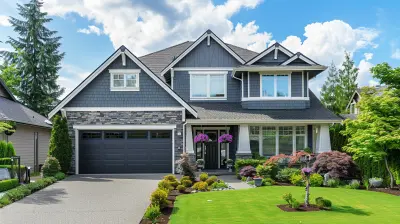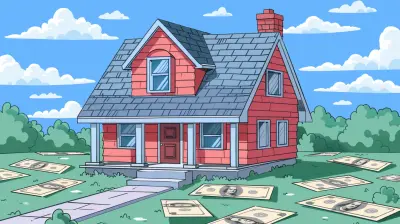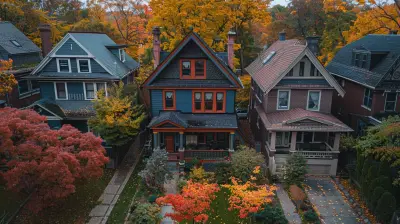Sustainable Building Materials: The Next Big Thing in Construction
23 August 2025
Sustainability isn't just a buzzword anymore—it's a necessity. From reducing carbon footprints to enhancing energy efficiency, green construction is shaping the future. But what if I told you that the materials used in construction could be just as impactful as the design itself? That’s right! Sustainable building materials are revolutionizing the industry, and it's time to pay attention.
Let’s dive into why these materials are the next big thing in construction and how they can create a better, greener tomorrow. 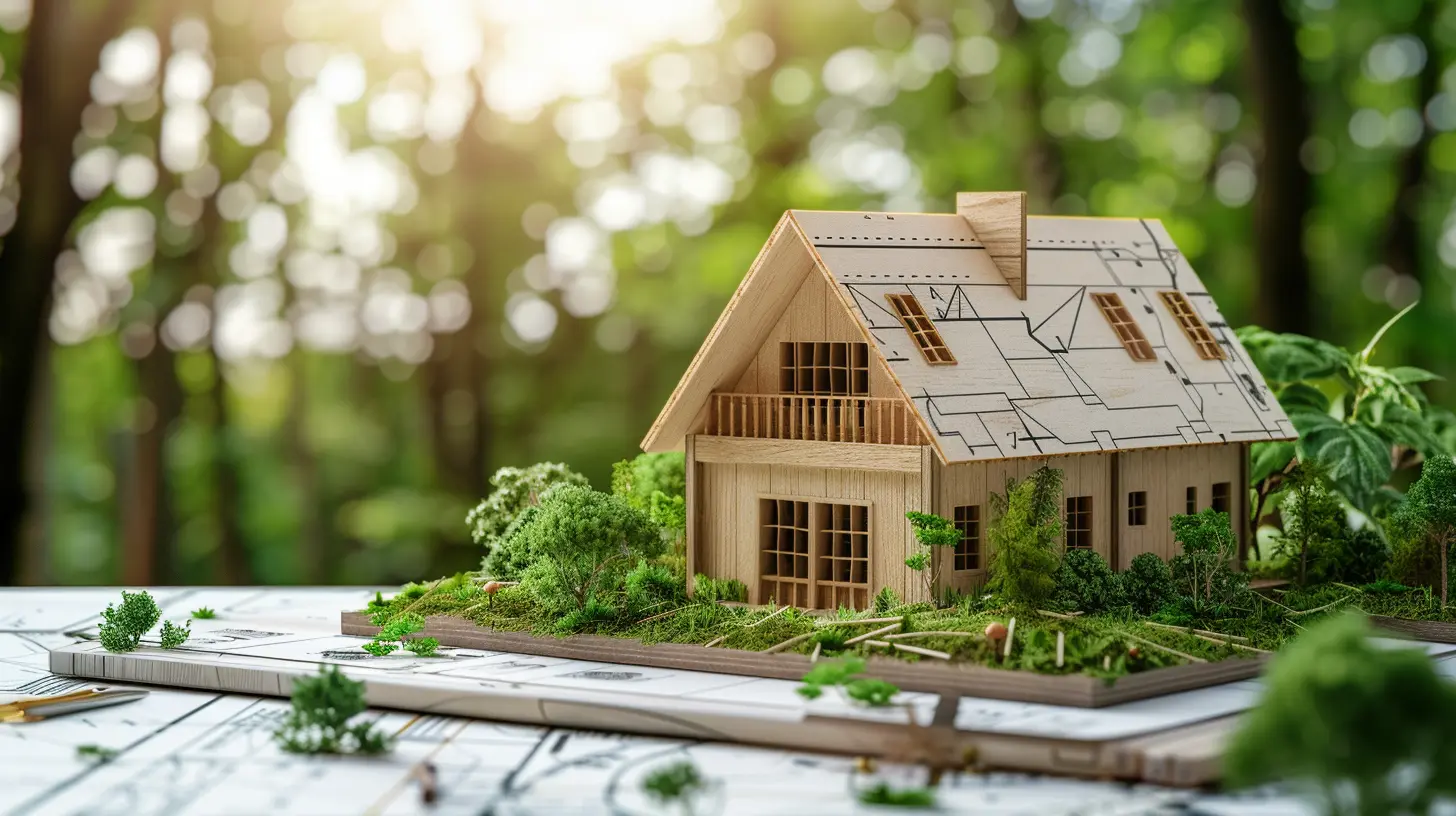
Why Sustainable Building Materials Matter
Traditional construction materials like concrete, steel, and bricks have been the backbone of the industry for decades. However, they come with a hefty environmental price—high carbon emissions, depletion of natural resources, and excessive energy consumption.Sustainable materials, on the other hand, help reduce waste, improve energy efficiency, and lower the overall carbon footprint. They’re not just good for the planet—they’re cost-effective and durable too.
Think of it this way: Would you rather invest in materials that harm the environment and need frequent replacement, or opt for eco-friendly alternatives that last longer and save you money? The choice is clear! 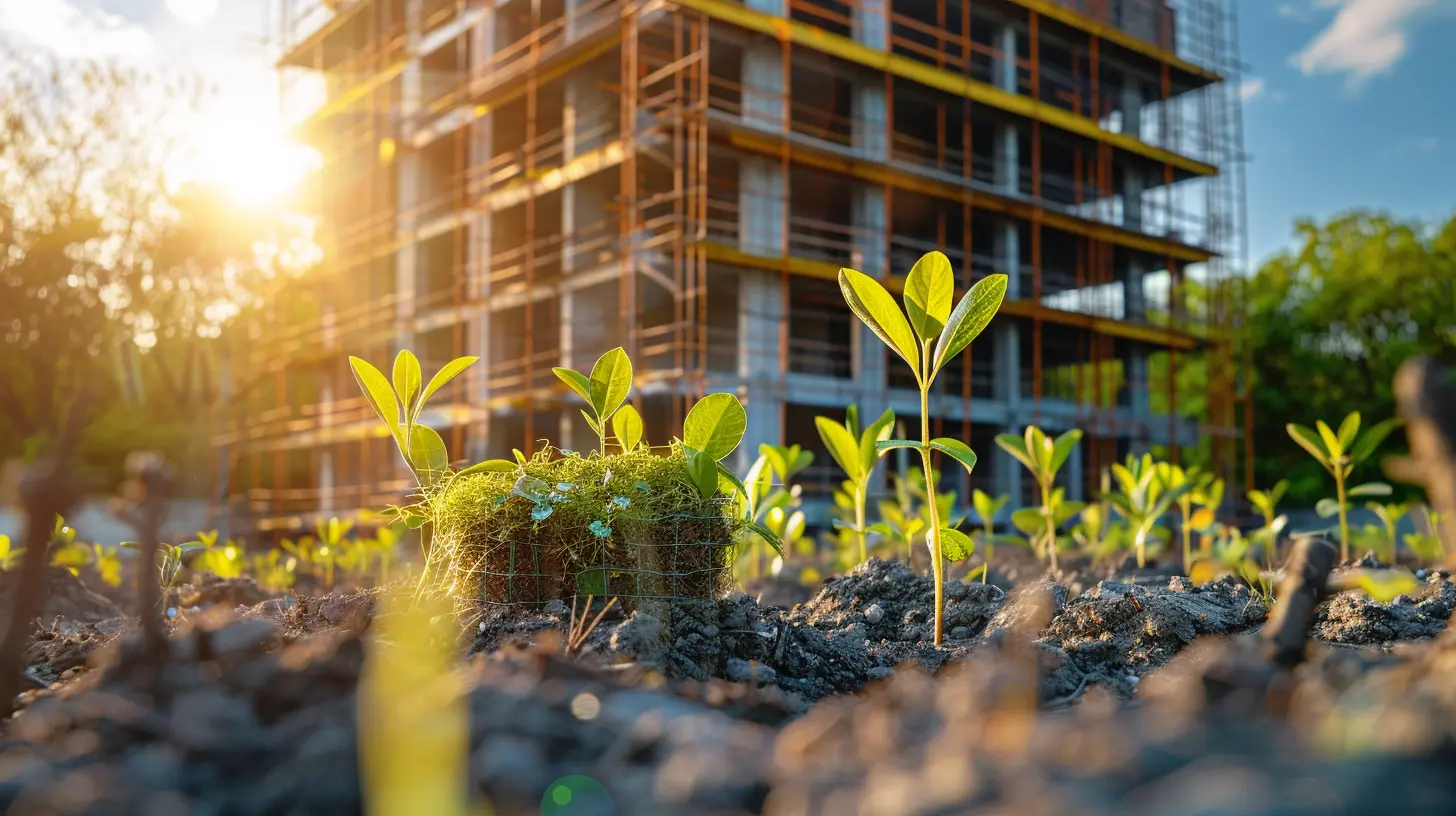
Top Sustainable Building Materials for a Greener Future
The construction industry is evolving, and innovative materials are at the forefront of this change. Here are some of the most promising sustainable building materials taking the industry by storm:1. Bamboo: Nature’s Toughest Building Material
Bamboo is often called "the green steel" for a good reason. It grows incredibly fast—some species can grow up to three feet in a day—making it a highly renewable resource.Why Choose Bamboo?
✔ Extremely strong and durable✔ Naturally pest-resistant
✔ Grows rapidly, reducing deforestation
✔ Absorbs high amounts of CO₂
Bamboo is already being used for flooring, walls, and even structural components. Its flexibility and strength make it a fantastic alternative to traditional wood and steel.
2. Recycled Steel: Giving Metal a Second Life
Steel production is energy-intensive, but using recycled steel cuts down on pollution and energy use significantly. Instead of mining new ore, manufacturers can repurpose existing steel for construction.Why Choose Recycled Steel?
✔ Reduces waste in landfills✔ Requires less energy to produce
✔ Maintains the strength of new steel
✔ 100% recyclable at the end of its life
This material is widely used for framing, roofing, and structural reinforcements. Plus, it reduces the demand for new raw materials, preserving natural resources.
3. Hempcrete: The Super Insulator
Hempcrete is a biocomposite material made from hemp fibers, lime, and water. It's lightweight, breathable, and acts as a fantastic insulator, keeping homes warm in winter and cool in summer.Why Choose Hempcrete?
✔ Absorbs CO₂ over its lifetime✔ Naturally fire-resistant
✔ Provides excellent insulation, reducing energy costs
✔ Mold and pest-resistant
If you're looking for a building material that offers insulation and sustainability in one package, hempcrete is a game-changer.
4. Cross-Laminated Timber (CLT): The Future of Wooden Structures
Timber has been used in construction for centuries, but Cross-Laminated Timber (CLT) takes it to a whole new level. CLT consists of layers of wood glued together in alternating directions, making it exceptionally strong.Why Choose CLT?
✔ Sustainable alternative to concrete and steel✔ Stores carbon, reducing greenhouse gases
✔ Incredibly durable and strong
✔ Prefabricated for faster construction
With its ability to replace steel and concrete in structural applications, CLT is becoming a preferred choice for eco-friendly buildings.
5. Mycelium: The Living Building Material
Yes, you read that right! Mycelium, the root structure of fungi, is being used as a sustainable building material. It grows quickly and can be molded into various shapes, making it perfect for insulation, packaging, and even furniture.Why Choose Mycelium?
✔ Fully biodegradable✔ Requires minimal energy to produce
✔ Naturally fire-resistant
✔ Excellent for insulation
Imagine constructing homes with materials that decompose naturally without harming the environment. That’s the future mycelium offers! 
The Benefits of Using Sustainable Building Materials
Choosing sustainable materials isn’t just about saving the planet—it comes with a host of other advantages too.1. Cost Savings in the Long Run
While some eco-friendly materials may have a higher upfront cost, they prove to be cost-effective over time. Reduced energy bills, lower maintenance costs, and increased durability make sustainable materials a smart financial investment.2. Improved Indoor Air Quality
Many conventional building materials contain toxic chemicals that release harmful fumes into the air. Sustainable materials, on the other hand, are non-toxic and improve indoor air quality, making homes and offices healthier spaces.3. Reduced Carbon Footprint
Construction is one of the biggest contributors to global carbon emissions. Using sustainable materials helps cut down on energy consumption, reduces deforestation, and minimizes pollution.4. Enhanced Durability and Longevity
Eco-friendly materials are designed to last. Whether it’s bamboo, recycled steel, or hempcrete, these materials are incredibly durable and resilient, reducing the need for frequent replacements.5. Higher Property Value
Sustainable buildings are becoming more attractive to buyers and investors. Green-certified homes and commercial spaces tend to have higher resale values and attract environmentally conscious buyers.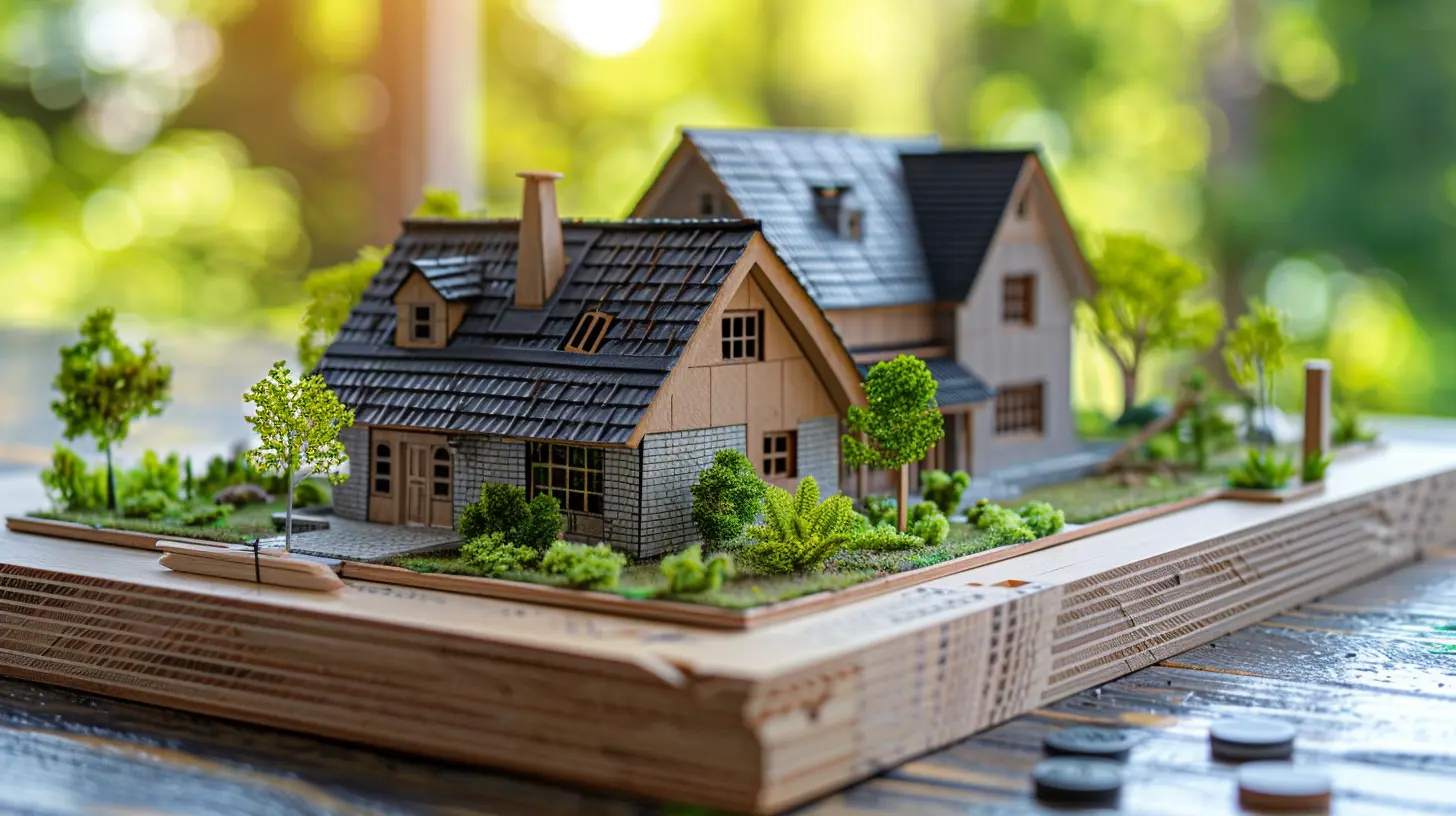
Challenges in Adopting Sustainable Building Materials
Despite their numerous benefits, sustainable materials face some challenges.1. Higher Initial Costs
Some eco-friendly materials, like CLT and hempcrete, may have higher upfront costs. However, these costs are often offset by long-term savings.2. Availability and Awareness
Not all sustainable materials are readily available everywhere. Additionally, some builders and developers may not be fully aware of their benefits or how to use them efficiently.3. Resistance to Change
Traditional construction methods have been around for centuries, and some developers may be hesitant to adopt new materials. However, as demand for green buildings increases, this mindset is gradually shifting.The Future of Sustainable Construction
Sustainable building materials are not just a trend—they're the future. As regulations tighten and more consumers demand eco-friendly options, the construction industry is being pushed towards greener alternatives.Governments worldwide are offering incentives for sustainable construction, and innovations in materials are making green building more accessible than ever. From self-healing concrete to solar-integrated roofing tiles, technology is paving the way for a more sustainable future.
It’s clear that the shift towards eco-friendly materials isn’t just good for the environment—it’s good for business, homeowners, and communities.
Final Thoughts
Sustainable building materials are changing the game in construction. They’re durable, energy-efficient, and environmentally responsible, making them an excellent choice for the future of real estate.So, whether you're a developer, homeowner, or eco-conscious investor, it's time to embrace the future of green construction. After all, who wouldn’t want a home that’s cost-effective, durable, and good for the planet?
The next big thing in construction isn’t just about how buildings look—it’s about what they’re made of. And sustainable materials are leading the way.
all images in this post were generated using AI tools
Category:
Real Estate TrendsAuthor:

Cynthia Wilkins
Discussion
rate this article
1 comments
Heath McCarron
Exciting times ahead! Embracing sustainable building materials not only enhances our environment but also creates healthier spaces for future generations. Let’s build a greener tomorrow together!
August 30, 2025 at 10:59 AM

Cynthia Wilkins
Thank you! Together, we can indeed pave the way for a more sustainable future in construction.
